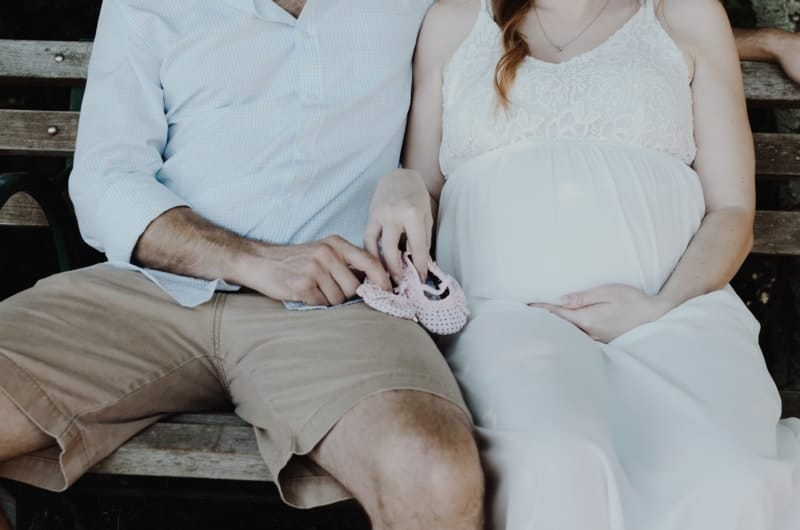What are Uterine Fibroids?
Uterine Fibroids are common in Singapore which are non-cancerous growths that come from the muscle layer of the uterus. Although they can occur at any age, they are commonly found in women from 30 – 50 years old. Fibroids can be single or multiple, have varying shapes and can be located inside the uterine cavity (submucous), within the muscle wall of the uterus (intramural), or on the outer surface of the uterus (subserous). They are slow-growing (about 1-2cm a year) and will typically start to shrink once a woman reaches menopause.
What are the common symptoms of having Uterine Fibroids in Singapore?
Depending on their size and location, uterine fibroids can cause:
Some fibroids do not cause symptoms and are only discovered during a gynaecology check.
How are Uterine Fibroids normally diagnosed in Singapore?
A pelvic exam can pick up large fibroids. Tests commonly performed to detect fibroids include:
- Ultrasound scan: repeat scans can be done over time to monitor growth
- Hysteroscopy: where a camera is inserted through the cervix to visualise fibroids inside the uterine cavity (submucous)
What are the treatment options available for Uterine Fibroids in Singapore?
Fibroids that are small and do not cause symptoms can usually be observed. Uterine Fibroids that cause the above mentioned symptoms may require treatment. Submucous fibroids are less likely to respond to medical treatment due to its location. Women who cannot take or have failed medical treatment usually require surgery.
Medical treatment include:
- Non-hormonal medications to reduce the pain and blood loss associated with periods (painkillers and tranexamic acid). These do not shrink or make the fibroids disappear.
- Hormonal medications (e.g. birth control pills). Mirena IUD is an option for women with fibroids that are not disturbing the womb cavity. These do not shrink or make the fibroids disappear.
- Gonadotropin-releasing hormone (GnRH) agonists – this is sometimes used before surgery to temporarily shrink fibroids so that surgery is easier or can be done laparoscopically. Due to its side effects, it is not recommended beyond maximum 6 months of use.
Surgical (invasive) treatment include:
- Myomectomy: surgical removal of fibroids – this is suitable for women who are keen for fertility or conservation of uterus. Depending on the size of fibroids, this can be done laparoscopically or open. There is a risk of fibroid recurrence in the future.
- Hysterectomy: surgical removal of uterus – this is suitable for women who are not keen on conserving their uterus. Depending on the size of womb, this can be done laparoscopically or open. They will not have any more periods and will not be able to have children after this. The ovaries may or may not be removed.
- Hysteroscopy: hysteroscopic resection is suitable only for fibroids inside the womb cavity
- Others: Uterine artery embolization/ High intensity focused ultrasound (HIFU) – these are suitable only for women with specific size/location of fibroids, who are keen to conserve their uterus and wish for a less invasive treatment compared to surgery. Data on long-term effectiveness is limited.
Photo credit: BruceBlaus / Wikimedia Commons
